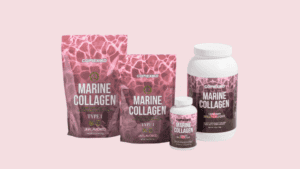Last Updated on March 12, 2025 by Packoi Team
The cover of your book is important because it catches people’s attention. The title, image, binding, and page details all matter. Whether you use offset printing or digital methods, each has its own advantages and things to think about.
We’ll delve into the basics of book cover design and explore the impact that different printing methods and book cover dimensions can have on your work as an author, graphic designer, and book cover designer. Let’s start!
5 Different Materials on the Book Cover
Selecting the right material for book covers is crucial. The choice of material, such as hardcover, paperback, or softback, can greatly impact the overall look and feel of a book cover. Here are some common materials used for printing books:
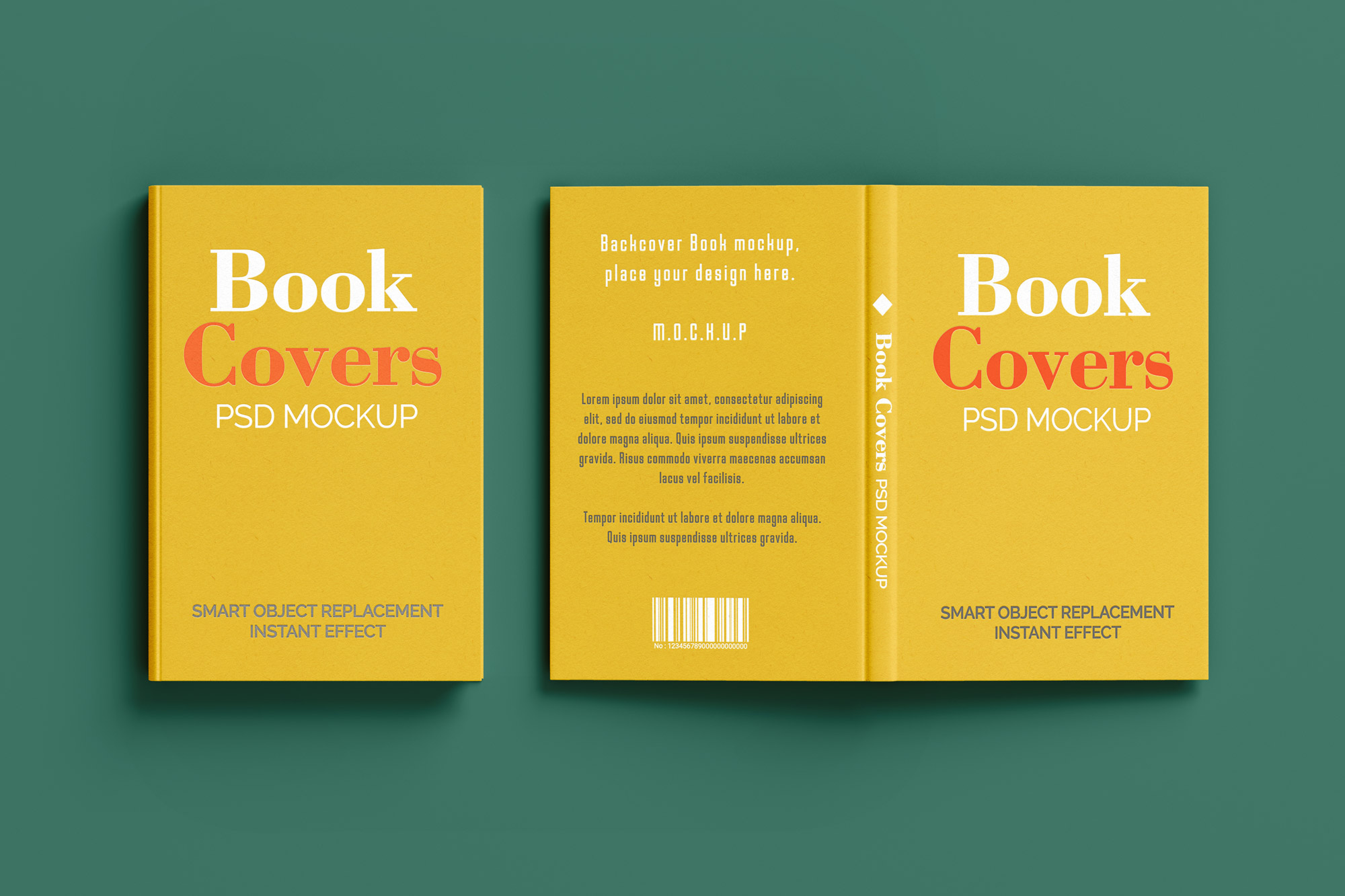
1. Paper
Paper is a popular choice for softback books and textbooks. It offers flexibility and affordability, making it suitable for the mass production of book formats. However, paper covers may not be as durable as other materials and can easily tear or get damaged.
2. Cardboard
Cardboard covers provide more sturdiness compared to paper covers. They offer better protection for the inner pages of a book and are commonly used for hardcover books. However, cardboard covers may add weight to the printed book and increase production costs.
3. Fabric
Fabric covers give a luxurious feel to the pages of a book and are often used for special editions or high-end publications. They offer durability and can withstand wear and tear over time. However, fabric covers can be more expensive to produce and may require additional care during printing.
4. Leather
Leather covers exude elegance and sophistication, making them ideal for premium books or collector’s editions. Leather offers exceptional durability but comes at a higher cost compared to other materials.

6 Modern Popular Printing Methods for the Book Cover
Modern printing methods for printed books and professional book cover design have evolved greatly in recent years, offering a wide range of options for both the best book cover designers and publishers, and many more book cover design and printing options for authors to print books. Some of the most popular modern printing methods for book covers are:
1. Offset Printing
Offset printing is a traditional printing method that is commonly used for printing large volumes of books with high-quality covers. The process involves transferring an image from a plate to a cylinder and then transferring the image onto the page of the finished book. Offset printing can produce high-quality covers with vibrant colors, smooth textures, even trim lines, and sharp text.
Pros:
- High-quality output with consistent results
- Can print large runs and multiple pages in a single pass
- Low cost per unit for high-volume printing
- Excellent color accuracy and consistent text
Cons:
- Expensive equipment and setup required
- High initial investment
- Long lead time and printing time
- The wasteful process with extra paper required to avoid ink transfer problems

2. Digital Printing
Digital printing is a printing method that uses computers and printers to take images and produce high-quality covers. The process involves transferring digital files directly to the page. It is often used for short runs of high-quality hardback books, book covers, or book cover design templates, and it’s a cost-effective and quick alternative to offset printing.
Pros:
- Low cost and quick turnaround time for short runs
- Minimal equipment and setup
- Flexibility to print one-off or small runs
- Wide range of printing options, including digital color printing and variable data printing
Cons:
- Quality is not as high as offset printing
- Poor color fidelity, especially for darker colors
- Prone to printing artifacts and inconsistent results
- Limited size and scale options for larger printing needs
Ready to Get Custom Packaging for Your Business?
start with a low minimum order quantity
3. Screen Printing
Screen printing is a method of printing that involves using a screen to transfer ink onto paper. The computer screen has a design or image that the black ink is printed onto the paper, and the process can produce excellent covers with a textured feel.
Pros:
- A quick and simple process that can print on a variety of flat and curved surfaces
- Can produce one-off or small runs
- A versatile printing process that can create detailed and intricate designs
- Low waste and resource consumption compared to traditional printing methods
Cons:
- Limited color options and can be difficult to match to printed material
- Prone to printing defects, such as screen stains and blockages
- Can require more setup time and expertise.

5. Letterpress Printing
Letterpress printing is a traditional printing method that involves using metal letters or designs to transfer ink onto paper. Letterpress printing can produce high-quality paperback covers for many books with a raised, textured, or glossy finish.
Pros:
- Beautiful and visually appealing prints
- Can produce one-off or small runs
- Can create intricate and detailed designs
- Low waste and resource consumption
Cons:
- Labor-intensive and time-consuming process
- Limited color options
- Prone to printing defects, such as ink-drip and smudging
- Required materials and press can be expensive and hard to find
6. Foil Stamping
Foil stamping is a printing method that uses heated foil to transfer ink onto a page. The process involves creating a design or image with ink on a metal plate and then transferring the design and ink onto a book cover. Foil ink stamping can produce luxurious covers with a metallic finish.
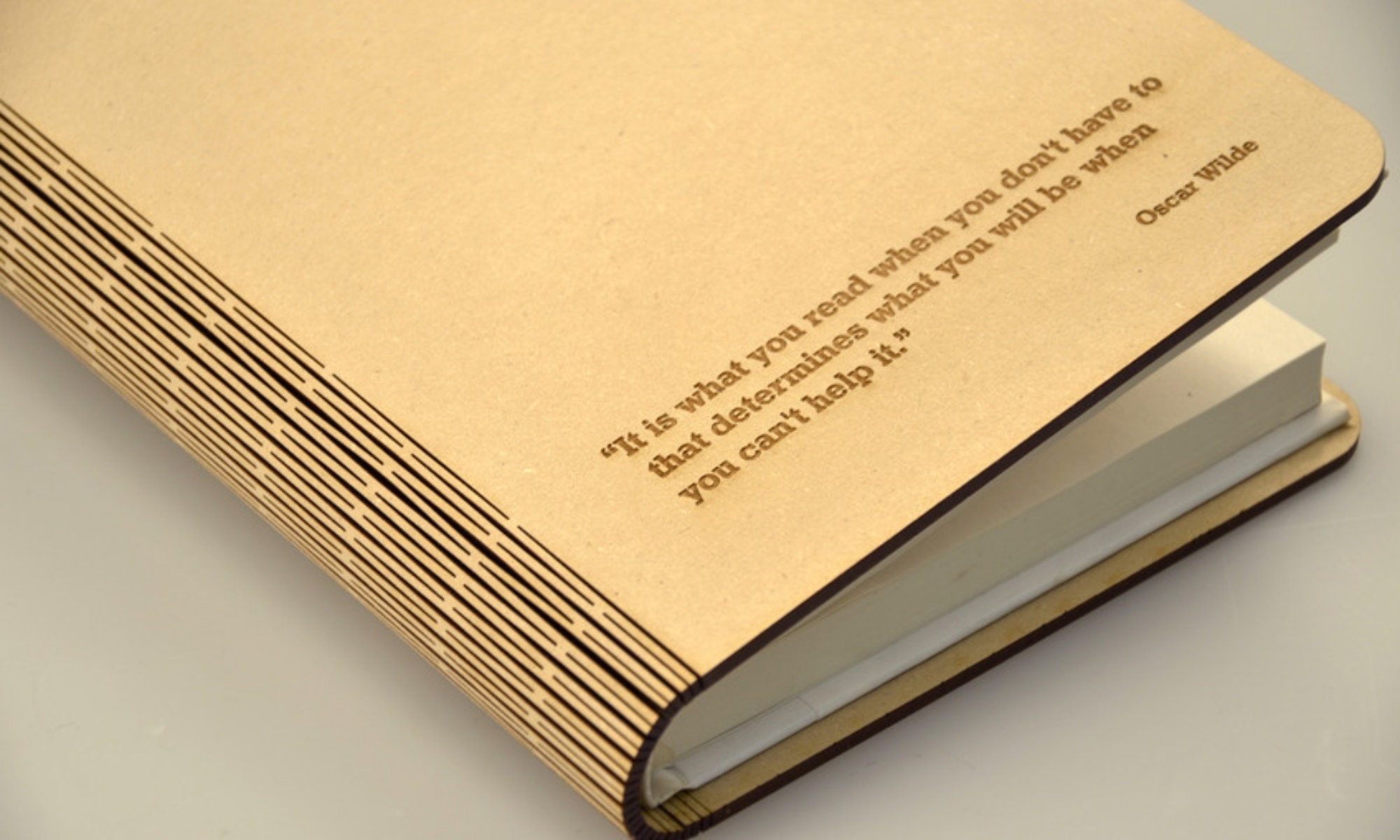
Pros:
- High-quality and visually appealing prints
- Can produce one-off or small runs
- A versatile printing process that can create intricate and detailed designs
Cons:
- It is expensive and may not be suitable for short runs or quick turnaround times
- Requires skill and experience
In summary, there are a variety of modern printing methods available for book covers, each with its own advantages and disadvantages. Whether you choose offset printing, digital printing, screen printing, letterpress printing, or foil stamping, you can create a beautiful, high-quality, printed book cover with cover art that reflects your book’s contents.
Ready to Get Custom Packaging for Your Business?
start with a low minimum order quantity
5 Tips for Printing Stand-Out Book Cover
The cover of a book is the first impression a customer makes, so how do you print the perfect cover? Here are five tips for printing a stand-out book cover:
1. Use High-Quality Printing
Invest in high-quality printing for your next book cover design. This will help to ensure that your book cover design is crisp, precise, and colorful. Avoid using low-quality printing techniques such as inkjet printing, which can be less vibrant and may not hold up well over time.
2. Use Attention-Grabbing Design Elements
A vibrant and attention-grabbing book front cover design will help your book stand out on the shelf. Consider using eye-catching color mode, bold typography, spine text, and distinctive imagery to create memorable and visually appealing book cover design ideas below.
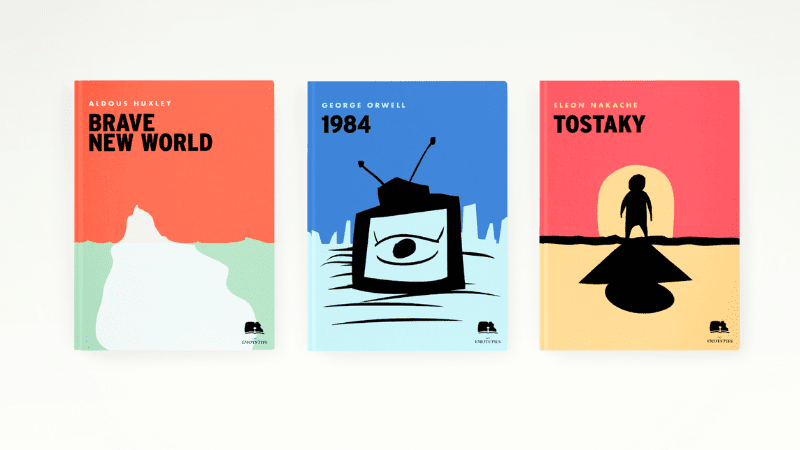
3. Include a Well-Crafted Tagline
A tagline is a short, memorable phrase that sums up the book’s essence and appeals to readers, e-readers, or potential readers. A well-crafted tagline can help capture the attention of readers and encourage them to learn more about your next book’s genre.
4. Use High-Quality Paper Stock
The type of paper stock you choose for your book cover can make a big difference in its overall appearance and quality. Consider investing in a high-quality paper book cover designer with stock that is thick, textured, and has a premium feel to it.
5. Check for Errors and Inconsistencies
Once the design process of your book cover is complete, be sure to review it carefully and double-check for any errors, inconsistencies, or potential issues. This check may involve checking for typos, color issues, and other flaws that could negatively impact the appearance of your book cover.
Which Printing Method is Best for a Book Cover?
When it comes to choosing the best printing method for your book front cover design, it fully depends on your specific needs and preferences. Each printing method has its unique characteristics, strengths, and drawbacks that need to be considered.
Here are some general factors to keep in mind when deciding which printing method is best for your book’s front cover design:

1. Budget
The cost of each printing method can vary greatly depending on the complexity of the trim size of the finished product, the design, and the type of paper used. Some printing methods, like foil stamping, are generally more expensive than others, such as spot UV coating.
2. Turnaround Time
Different printing methods can have different turnaround times. Foil stamping comic books, for example, often requires more time as the foil needs to be applied to the cover by hand.
3. Print Quality
Each printing method will produce a final result with a spine design, a cover text, and a different type of cover dimension and finish. For example, a full-color print will produce its cover with a glossy, photo-quality image, while a foil stamping method will produce a cover image with a textured and shiny finish.
4. Durability
Different printing methods can vary in how durable they are. For example, a laminated cover will be more resistant to wear and tear than a printed matte cover without a protective coating.
The best printing method for your book’s cover depends on what you want. If you want a fancy look, try foil stamping. If you want to save money, go for spot UV coating or satin coating. Talk to a printing expert to find the right method for your book’s back cover too.
Ready to Get Custom Packaging for Your Business?
start with a low minimum order quantity
Comparison: Offset Printing and Digital Printing
The self-publishing re-publishers need to consider various factors of print-on-demand services, such as self-publishing, such as cost, quality, and durability. The two most popular printing methods for softcover books, most paperbacks, and book covers are offset printing and digital printing.
Offset printing offers high-quality results with vibrant colors and sharp details. It is ideal for large print runs and provides a professional look. However, it can be more expensive compared to digital printing.
On the other hand, print-on-demand digital printing offers flexibility and cost-effectiveness for smaller print runs. It allows for high resolution, customization, and quick turnaround times. However, the quality may not match that of traditional offset printing alone.
Ultimately, the choice between these two methods depends on your specific needs and budget. If you require high-quality prints for a large quantity of books, offset printing might be a better option. If you need a printing press in smaller quantities with quick turnaround times or customization options, digital printing could be more suitable.
Consider factors like budget, trim size, quantity needed, custom template file requirements, desired color mode customization options, and time constraints when making your decision.
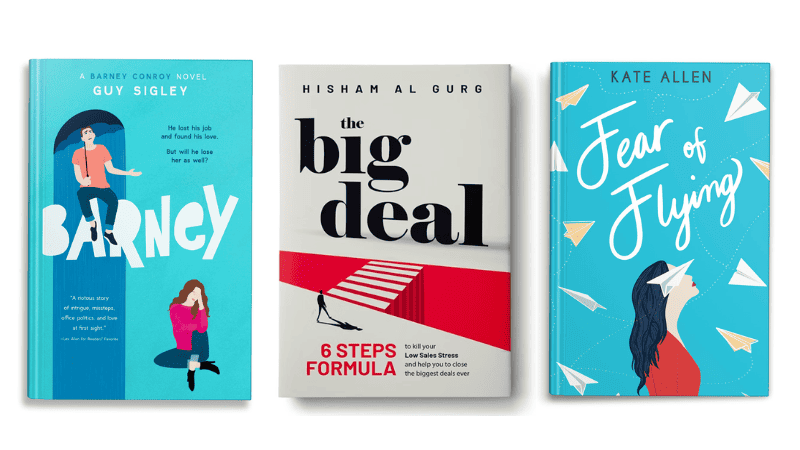
Conclusion
Book covers play a vital role in attracting readers to textbooks, serving as the first impression of what lies within. The quality of the printed image determines the quality of the book designer and book cover graphic designer and also determines whether it can attract customers’ attention and stay, as well as the sales of the book.
With our help, I believe you have some understanding of how to make ebook covers and choose the printing method of the book cover templates. If you are interested in learning more, our design team here is always happy to help you.
Customize Your Book Cover Printing with Packoi Printing!
Packoi Printing offers various printing options for book covers. By working directly with Packoi Printing, authors and publishers can customize their book cover printing to meet their specific needs and goals.
Packoi Printing offers a range of materials and finishes, as well as a variety of color mode options, to ensure that indie authors and publishers can create a cover that reflects the tone and style of their book.
Contact us today! Help Your Book Cover Stand Out!


